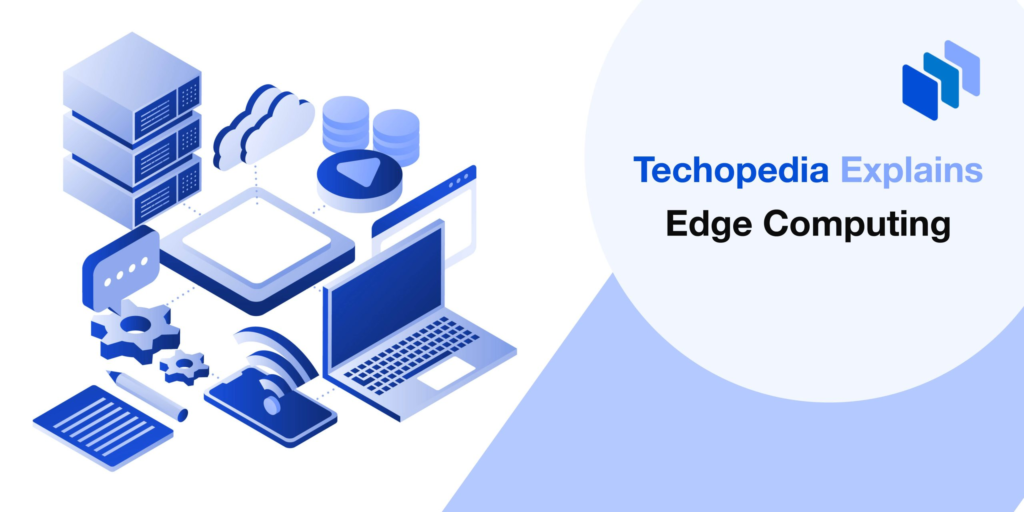Edge computing represents a paradigm shift in data processing architecture, bringing computation and data storage closer to the location where it is needed, rather than relying solely on centralized data centers. This approach aims to reduce latency, improve bandwidth efficiency, and enhance real-time processing capabilities, making it ideal for applications that require rapid data analysis and response times. This article explores the concept of edge computing, its benefits, challenges, and its impact on modern data processing.

Understanding Edge Computing
Edge computing involves processing data near the edge of the network, where data is generated and consumed, rather than sending it across long distances to centralized data centers or the cloud. This decentralized approach enables faster processing and decision-making, which is critical for applications such as IoT (Internet of Things), autonomous vehicles, industrial automation, and real-time analytics.
Key Components
- Edge Devices: These are devices such as sensors, gateways, and IoT devices that collect and generate data at the edge of the network.
- Edge Servers: These are small-scale data centers or computing nodes located close to the edge devices. They process data locally before transmitting relevant information to centralized servers or the cloud.
- Edge Networks: These networks facilitate communication between edge devices, edge servers, and centralized data centers, ensuring seamless data transmission and synchronization.
Benefits of Edge Computing
Reduced Latency
By processing data closer to where it is generated, edge computing significantly reduces latency, or the delay in data transmission. This is crucial for applications that require real-time responses, such as autonomous vehicles that rely on split-second decision-making.
Bandwidth Optimization
Edge computing minimizes the amount of data that needs to be transmitted to centralized data centers or the cloud, optimizing bandwidth usage. This is particularly advantageous in environments with limited network bandwidth or where data costs are a concern.
Enhanced Security and Privacy

Processing sensitive data at the edge can improve security by reducing the risk of data exposure during transmission to centralized locations. It also allows for localized data storage and processing, ensuring compliance with data privacy regulations.
Scalability and Flexibility
Edge computing offers scalability by distributing computational resources across multiple edge devices and servers. This flexibility allows organizations to scale their infrastructure based on demand and optimize resource allocation for specific applications or geographical locations.
Challenges of Edge Computing
Infrastructure Management
Deploying and managing edge computing infrastructure across distributed locations can be complex and resource-intensive. Organizations must ensure consistent performance, reliability, and security across all edge nodes.
Data Integration and Interoperability
Integrating data from diverse edge devices and systems into a cohesive architecture presents challenges in terms of data format compatibility, protocol standardization, and synchronization.
Security Risks
Edge devices are often located in physically exposed or uncontrolled environments, making them vulnerable to physical tampering, cybersecurity threats, and unauthorized access. Robust security measures must be implemented to protect sensitive data and ensure system integrity.
Applications of Edge Computing
IoT and Smart Devices
Edge computing enhances IoT applications by enabling real-time data processing and analysis at the edge of the network. This improves responsiveness, reduces latency, and supports intelligent decision-making in smart homes, cities, and industrial IoT environments.
Autonomous Vehicles
Edge computing is essential for autonomous vehicles, where split-second decision-making is critical for navigation, collision avoidance, and interaction with the surrounding environment.
Industrial Automation
In industrial automation, edge computing facilitates predictive maintenance, process optimization, and real-time monitoring of equipment and production lines, improving efficiency and reducing downtime.
Future Outlook
As the demand for real-time data processing and low-latency applications continues to grow, edge computing is poised to play a pivotal role in shaping the future of digital infrastructure. Advances in edge computing technologies, including AI-driven edge analytics and 5G networks, will further accelerate its adoption across industries and enable innovative applications that were previously impractical.
Conclusion
Edge computing represents a fundamental shift in how data is processed, analyzed, and utilized in modern digital ecosystems. By bringing computation closer to the source of data generation, edge computing offers significant advantages in terms of latency reduction, bandwidth optimization, security enhancement, and scalability. As organizations increasingly adopt IoT, autonomous systems, and real-time analytics, the role of edge computing will continue to expand, driving innovation and transforming the way businesses and industries operate in the digital age.



